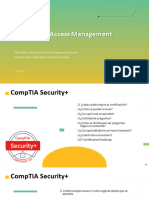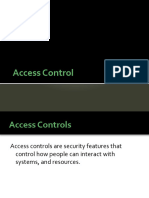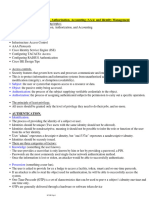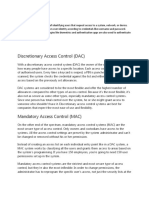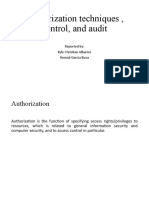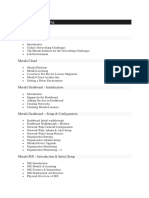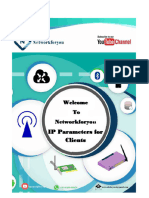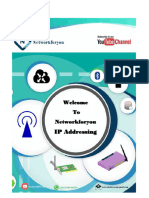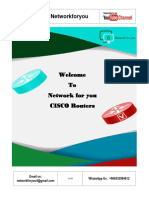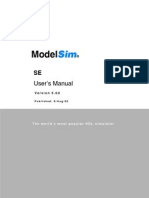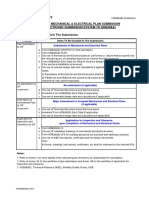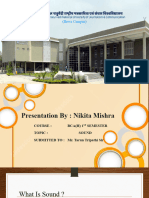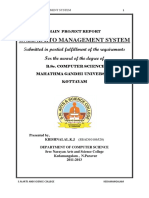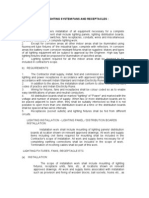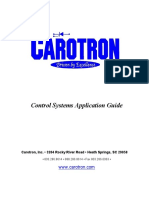0% found this document useful (0 votes)
27 views9 pagesCh+3+ +Identifying+and+Account+Management
Chapter 3 discusses the concepts of identification, authentication, authorization, and accounting (AAA) in the context of account management and security. It emphasizes the importance of multifactor authentication (MFA) and various authentication methods, including biometrics and certificates, while outlining access control schemes and account policies. Additionally, it covers network authentication protocols and identity management systems like Single Sign-On (SSO) and identity federation.
Uploaded by
Partha Sarathi NandiCopyright
© © All Rights Reserved
We take content rights seriously. If you suspect this is your content, claim it here.
Available Formats
Download as PDF, TXT or read online on Scribd
0% found this document useful (0 votes)
27 views9 pagesCh+3+ +Identifying+and+Account+Management
Chapter 3 discusses the concepts of identification, authentication, authorization, and accounting (AAA) in the context of account management and security. It emphasizes the importance of multifactor authentication (MFA) and various authentication methods, including biometrics and certificates, while outlining access control schemes and account policies. Additionally, it covers network authentication protocols and identity management systems like Single Sign-On (SSO) and identity federation.
Uploaded by
Partha Sarathi NandiCopyright
© © All Rights Reserved
We take content rights seriously. If you suspect this is your content, claim it here.
Available Formats
Download as PDF, TXT or read online on Scribd
/ 9










